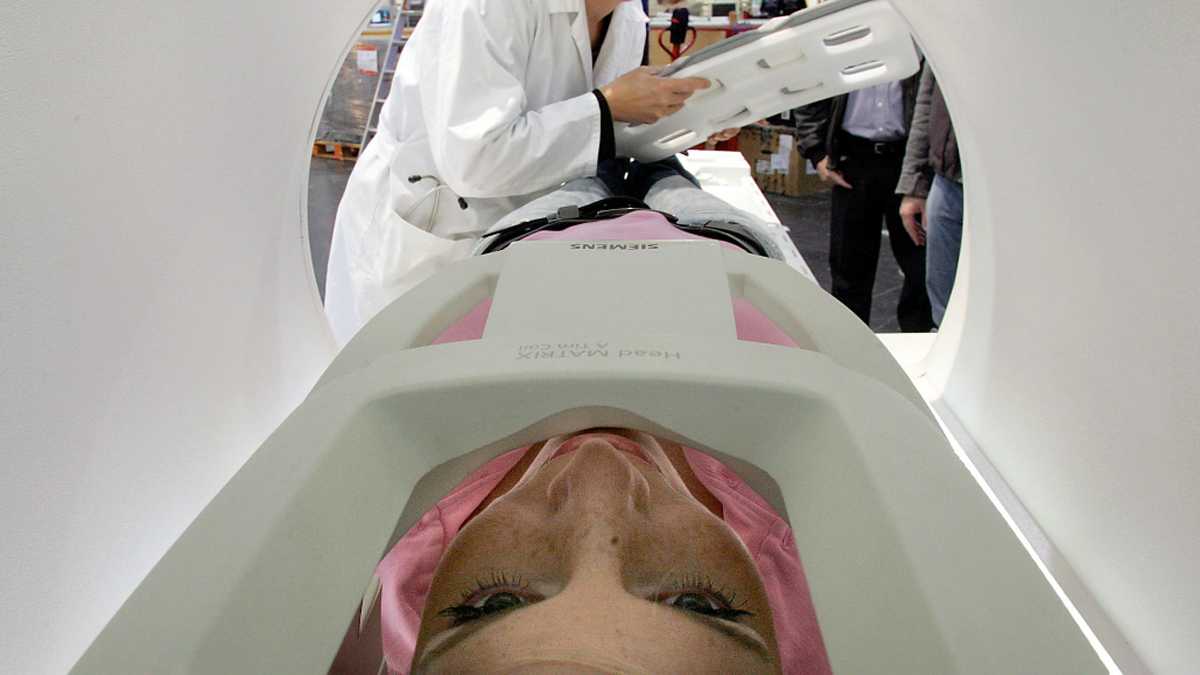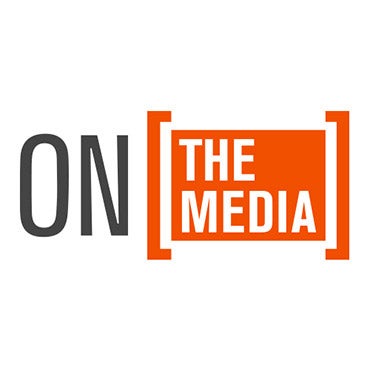Study: What happens when patients can comparison shop for an MRI?

(AP Photo, file)
Patients who have access to the price of magnetic resonance imaging (MRI) and also receive guidance understanding those differences tend to choose the cheaper option.
That’s the findings of a new study in Health Affairs this month, conducted by a Wilmington-based research group, HealthCore.
The difficulty comparing medical prices
Common medical procedures such as elective MRI’s can cost anywhere from $300 to $3,000, but Andrea DeVries, a researcher at HealthCore, says quality aside, the geographic location, the type of health facility and the elusive nature of pricing agreements all make it hard to compare those prices.
“Consumers typically, aren’t able to shop around the way they might shop around for a new TV set,” she said.
DeVries’ group recently analyzed an unusual initiative from WellPoint insurance covering 2010 through 2012. Tens of thousands of members in select metro areas (not Philadelphia) had access to MRI pricing information. Devries then compared the members’ behaviors and market trends against metro areas not taking part in the initiative.
Before members in the participating region went in for an MRI, a WellPoint representative would reach out and review price differences among their selected place and other places they deemed were of similar quality. About 15 percent changed their decisions, going for the cheaper option. Furthermore, the average price of MRI’s in those select areas, overall, went down.
“The main takeaway is that providing price information can help lower costs both by changing patient behavior, but also by changing provider behavior in making both of these groups more price sensitive,” said DeVries.
DeVries says unlike other price transparency efforts that have fallen short, such as in New Hampshire, this one included an active component. Insurance representatives targeted outreach to members scheduled for MRI’s.
Designing incentive programs for MRI’s may be hard to translate to other medical procedures, according to Laurence Baker, a professor of health research and policy at Stanford University who wasn’t involved in the study. He says it may be harder to compare the quality and price of more complicated operations.
“One of the things that’s true about MRI’s but not about other services all the time, is that you have some time to make a decision and there may be multiple places to get an MRI scan in a given area,” said Baker. “We know there are other places in the health care system where the services aren’t as well defined, where there may not be as much time, so it’s probably going to be harder to do there.”
Even so, Baker says the study builds on a small but growing area of research focused on how patients and providers respond to price incentives. He says that is of greater importance now, as the trend in U.S. health care moves toward more people having high-deductible health plans and shouldering a higher portion of their medical costs.
This study, however, did not account for members’ motivations, including their level of cost-sharing, in switching or keeping their MRI procedure at a certain location.
Hospital vs. stand-alone outpatient centers
The study noted that MRI’s tended to cost more at hospitals than at stand alone outpatient centers. So it was the hospitals who were more likely to drop their prices once patients started switching to the cheaper centers, says Devries.
“That aspect is reflecting the market competition where the providers themselves are willing to drop their prices in order to retain business,” she said.
That price difference between facility-types poses an interesting challenge for the health care system, according to Baker.
“Sometimes services provided in hospitals are different or use different kinds of equipment and so that may be important in some ways,” he said. “But in other cases, hospitals have just developed different pricing models, and end up [being] more expensive. And in that situation think the insurers and consumers ought to be taking a careful look where they get their services.”
What did you pay for your MRI? WHYY’s The Pulse would love to here from you. Send an email to thepulse@whyy.org or tweet us @WHYYThePulse.
WHYY is your source for fact-based, in-depth journalism and information. As a nonprofit organization, we rely on financial support from readers like you. Please give today.

